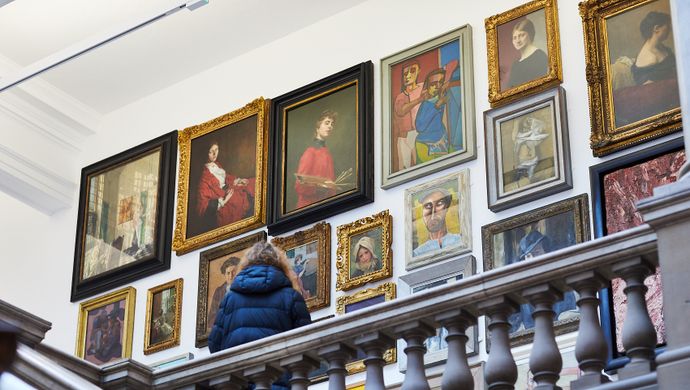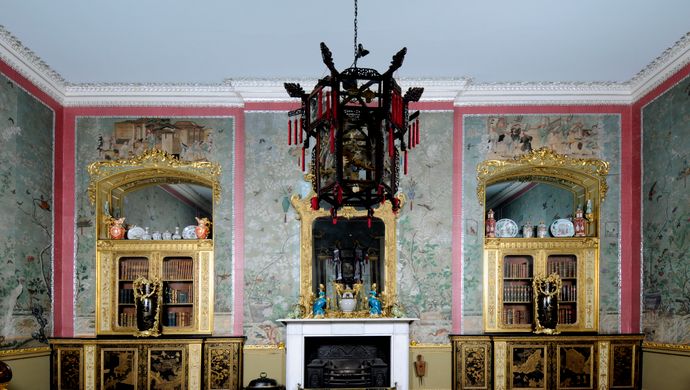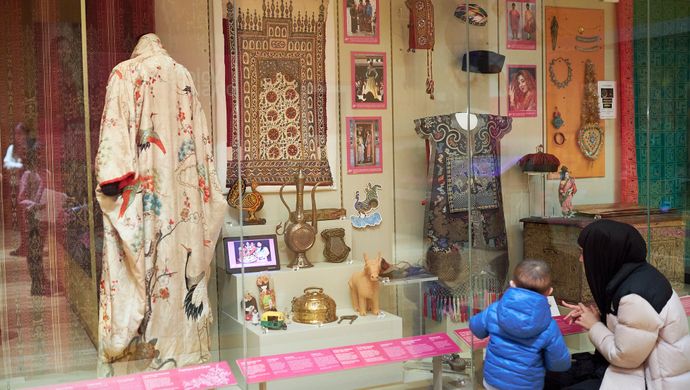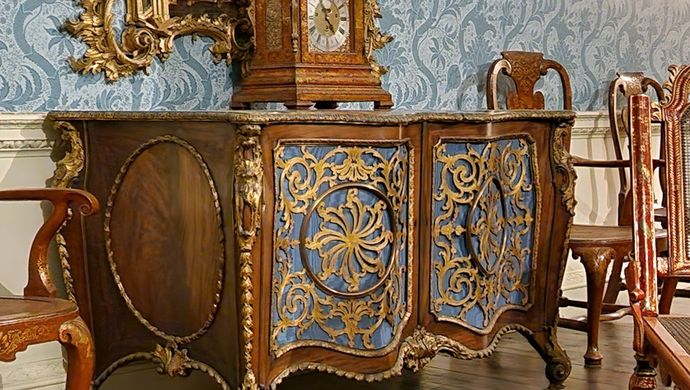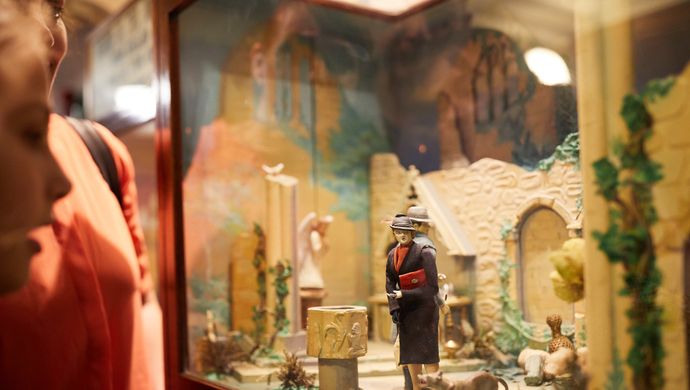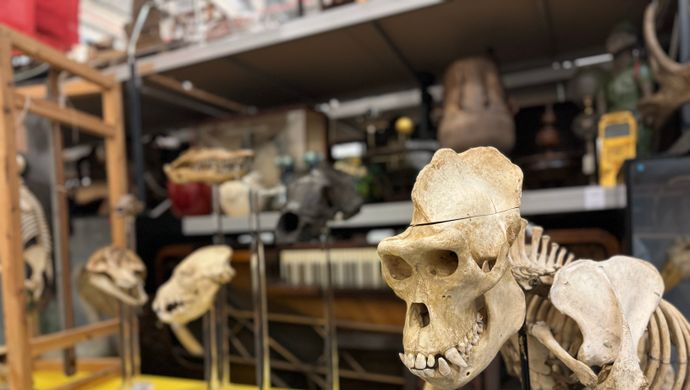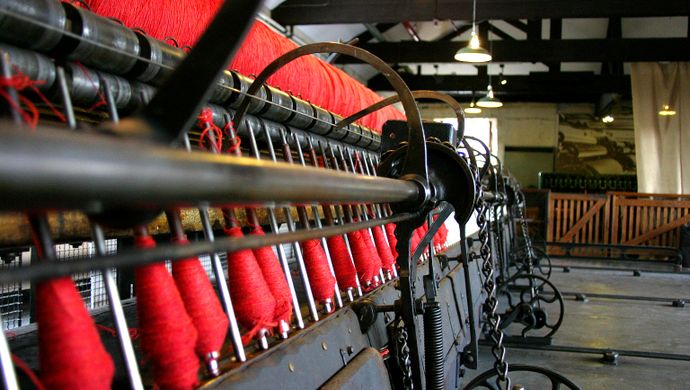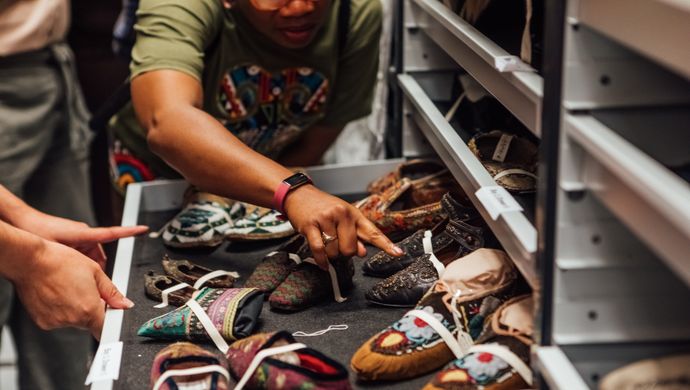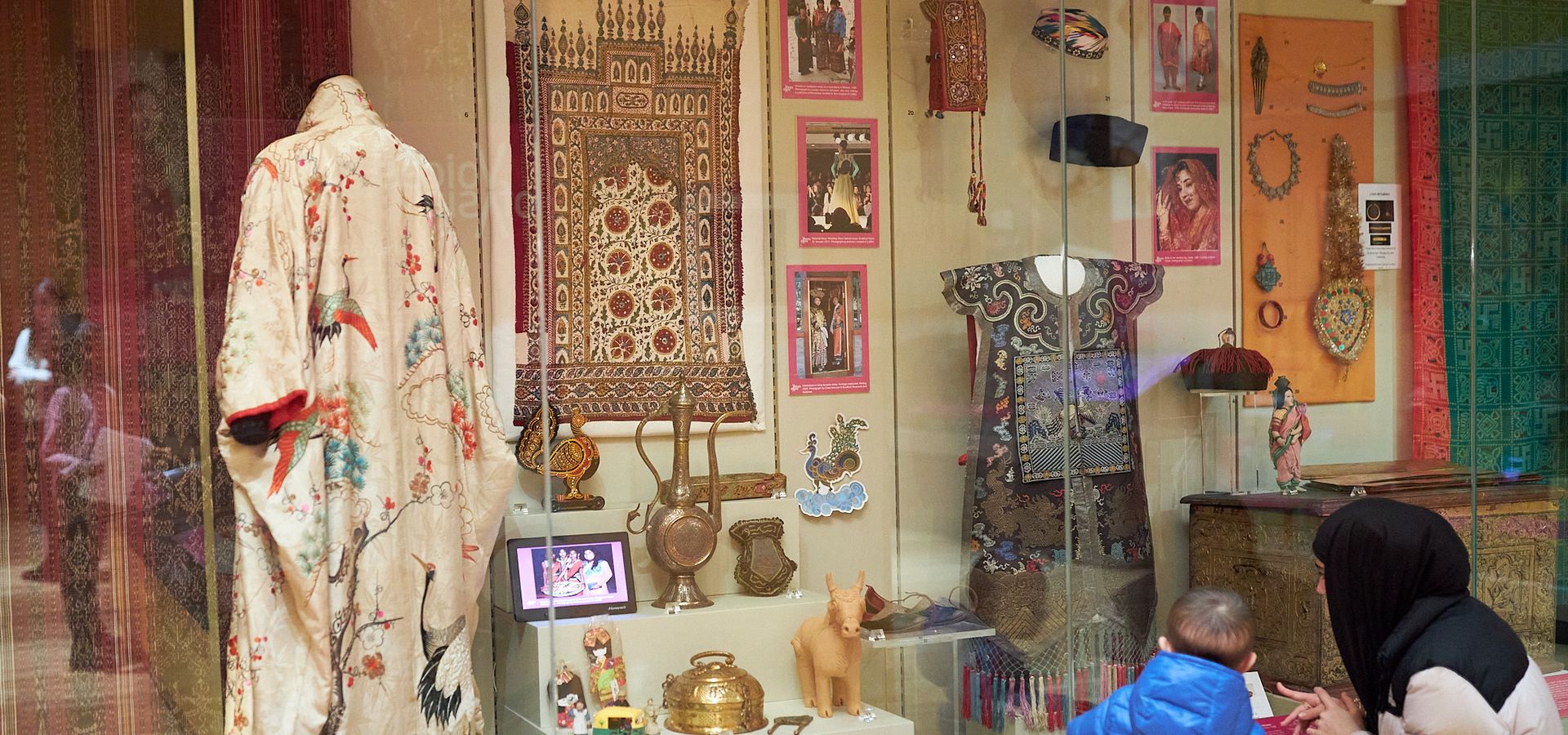
World Cultures
World Cultures is a significant collection area for Leeds with over 12,000 items.
This collection demonstrates the city’s historic links to the wider world, and the multicultural vibe of contemporary arts and culture.
At Leeds City Museum the Voices of Asia gallery celebrates the sights, sounds and culture of Asia overseas and here in Leeds. Topics explored include Faith and Festivals, Trade and War, Fashion, Music, Dance and Food. Chinese ceramics are also a key strand at Lotherton, together with Oriental metalwork, ivories and wood carving.
The Leeds African collections are also significant, especially the sculpture, masks and textiles. They are currently in the reserve collections at Leeds Discovery Centre, where you will also find good representations of North American beadwork, European folk items and the traditional arts of Oceania.
Recent collections development has focused on representing the many world cultures now living in Leeds, especially their festivals, food, textiles and crafts. We also continue to collect material that demonstrates how Leeds and Yorkshire people have travelled and worked abroad. There is also an overlap with the Decorative Arts collections, where we want to keep building on areas like Chinese ceramics.

Collection highlight
Power Figure
Kongo People, Central Africa, About. 1900
Wood, cotton, shell, fibre, glass, tooth
Leeds Museums and Galleries care for over 3000 objects from sub-Saharan Africa, including numerous sculptures.
Kongo wooden sculptures often show a high degree of naturalism when compared with sculpture from other parts of Africa made in the early 20th century. The Kongo people believed that illness was caused by bad spirits, and the jealousy of the living. Power figures were used to disperse these elements and also to resolve disputes.
They are produced under the auspices of a ritual healer, who endows the sculpture with magical powers. When ‘activated’ the statue can act as a protector against illness. Additional elements such as shells, mirrors and nails enhance this. A healer would look in the mirror to find the image of the spirit or person who had caused the patient’s illness.
The figure’s raised right hand probably held a knife or model spear, emphasising their power and authority.
Transfer from University of Leeds, Faculty of Education, Social Sciences and Law, Department of Sociology and Social Policy.

